Best Time to Visit Andaman and Nicobar Islands: The Andaman and Nicobar Islands, an enchanting archipelago nestled in the Bay of Bengal, stand as one of India’s most coveted tropical paradises. With over 500 islands showcasing pristine beaches, crystal-clear turquoise waters, and vibrant coral reefs, this destination offers an unforgettable escape for nature lovers, adventure seekers, and beach enthusiasts alike. The islands have gained immense popularity among travelers seeking a perfect blend of relaxation, water sports, and unexplored natural beauty.
Planning your trip to these mesmerizing islands requires careful consideration of the climate, tourist seasons, and local events to make the most of your vacation. The archipelago experiences a tropical climate that influences everything from water visibility for scuba diving to the availability of ferry services between islands.
Understanding the best time to visit Andaman and Nicobar Islands can transform your holiday from ordinary to extraordinary, ensuring you witness the islands at their most spectacular. This comprehensive guide will walk you through every season, helping you choose the perfect time for your tropical getaway.
Must Read: How to Reach Andaman and Nicobar Islands
Climate and Seasonal Overview
The Andaman and Nicobar Islands experience a tropical climate characterized by warm temperatures throughout the year, with humidity levels that vary depending on the season. The archipelago receives significant rainfall during the monsoon months, which dramatically affects tourism activities and accessibility. Understanding these climatic patterns is essential for planning your travel to Andaman and Nicobar Islands and ensuring a comfortable, enjoyable experience.
The islands essentially experience three distinct seasons: summer (March to May), monsoon (June to September), and winter (October to February). Winter is universally considered the peak tourist season due to its pleasant weather, calm seas, and excellent conditions for water sports and island hopping. During this period, the islands welcome the highest number of visitors, leading to increased accommodation prices and crowded attractions. Summer brings warmer temperatures but remains manageable for travelers who can handle the heat, while the monsoon season sees heavy rainfall and rough seas that can disrupt travel plans.
The low season coincides with the monsoon months when many tourists avoid the islands due to unpredictable weather and limited water activities. However, this period offers its own charm with lush green landscapes, fewer crowds, and significantly reduced accommodation costs. The post-monsoon period from October onwards marks the beginning of the tourist influx as the weather improves dramatically.
Monthly Climate Data for Andaman and Nicobar Islands
| Month | Average Temperature (°C) | Rainfall (mm) | Humidity (%) | Season Type |
|---|---|---|---|---|
| January | 24-30 | 15 | 70-75 | Peak Season |
| February | 25-31 | 10 | 68-73 | Peak Season |
| March | 26-32 | 15 | 70-75 | Summer |
| April | 27-33 | 45 | 75-80 | Summer |
| May | 27-33 | 200 | 80-85 | Pre-Monsoon |
| June | 26-31 | 310 | 85-88 | Monsoon |
| July | 25-30 | 325 | 85-90 | Monsoon |
| August | 25-30 | 340 | 85-90 | Monsoon |
| September | 25-30 | 290 | 83-88 | Monsoon |
| October | 25-30 | 260 | 80-85 | Post-Monsoon |
| November | 24-30 | 200 | 78-82 | Shoulder Season |
| December | 24-30 | 80 | 73-78 | Peak Season |
Best Months to Visit Andaman and Nicobar Islands
Determining the best time to visit Andaman and Nicobar Islands largely depends on your priorities, budget, and preferred activities. The optimal window for most travelers falls between October and May, when the weather remains pleasant, the seas are calm, and water sports activities are in full swing. This extended period offers different advantages depending on when you choose to visit, making it crucial to align your travel dates with your vacation goals.
The absolute best months are December through February, when the islands showcase their finest attributes. During these months, the temperature hovers comfortably between 24-30°C, rainfall is minimal, and the underwater visibility for snorkeling and scuba diving reaches its peak. The cool sea breeze provides relief from the tropical heat, making beach activities and sightseeing exceptionally enjoyable. These months also coincide with several local festivals and cultural events that add depth to your travel experience.
March through May represents the summer season, which still offers excellent travel conditions despite slightly warmer temperatures. The sea remains calm enough for all water activities, and you can enjoy significant discounts on accommodations compared to peak winter months. This period is ideal for travelers looking to avoid the peak season crowds while still experiencing favorable weather conditions.

Top 5 Months to Visit Andaman and Nicobar Islands
- December: Perfect weather, excellent visibility for diving, and festive atmosphere make this the most popular month. The island celebrates Christmas and New Year with great enthusiasm.
- January: Continuation of ideal weather conditions with comfortable temperatures and minimal rainfall. This month offers the best conditions for underwater photography and marine exploration.
- February: Pleasant climate with low humidity and calm seas. The Island Tourism Festival showcases local culture, making it an enriching time for cultural enthusiasts.
- November: Post-monsoon freshness with rejuvenated landscapes and fewer tourists compared to December. Accommodation rates are more reasonable, and the weather is excellent.
- October: The monsoon retreats, bringing clear skies and revitalized natural beauty. This shoulder season offers a balance between good weather and fewer crowds, perfect for budget-conscious travelers.
Things to Do in Each Season
Winter Season (November to February)
The winter months offer the most diverse range of activities and experiences across the Andaman and Nicobar Islands. This is when the archipelago truly comes alive with possibilities for every type of traveler.
- Scuba diving and snorkeling at North Bay Island, Havelock Island (Swaraj Dweep), and Neil Island (Shaheed Dweep) with exceptional underwater visibility
- Island hopping adventures to explore multiple islands including Ross Island, Baratang Island, and the limestone caves
- Beach relaxation and sunbathing at Radhanagar Beach (consistently ranked among Asia’s best beaches), Elephant Beach, and Kalapathar Beach
- Water sports activities including sea walking, parasailing, jet skiing, banana boat rides, and kayaking through mangrove forests
- Wildlife spotting at Chidiya Tapu for sunset views and bird watching, plus visits to the Mahatma Gandhi Marine National Park
- Historical exploration of Cellular Jail in Port Blair with the moving Sound and Light Show depicting India’s freedom struggle
- Trekking and nature walks through tropical forests to discover endemic flora and fauna unique to these islands
Summer Season (March to May)
Summer in the Andaman Islands remains pleasant enough for tourism, though temperatures rise and humidity increases slightly. This season offers unique experiences and better value for money.
- Early morning and evening beach visits to avoid peak afternoon heat while still enjoying pristine coastlines
- Glass-bottom boat rides at Coral Island and North Bay to observe marine life without getting wet
- Visit to the Samudrika Naval Marine Museum to learn about the islands’ marine ecosystem, tribal communities, and naval history
- Fishing expeditions and deep-sea fishing adventures in the abundant waters surrounding the islands
- Shopping for local handicrafts including shell jewelry, coconut shell products, and handwoven textiles at Aberdeen Bazaar
- Exploring tribal culture at the Anthropological Museum (while respecting the protected status of indigenous tribes)
- Indulging in fresh seafood at beachside shacks and local restaurants serving catch-of-the-day preparations

Monsoon Season (June to September)
While monsoon is considered the off-season for Andaman tourism, it presents a different perspective of the islands for adventurous travelers who don’t mind unpredictable weather.
- Witnessing lush green landscapes as the islands transform into a verdant paradise with flourishing vegetation
- Photography opportunities capturing dramatic cloudy skies, powerful waves, and rain-washed beaches
- Indoor cultural activities including visits to museums, art galleries, and local cultural centers
- Ayurvedic spa treatments and wellness retreats at reduced off-season rates
- Birdwatching expeditions as migratory birds visit the islands during this period
- Budget accommodation exploration taking advantage of significantly reduced hotel and resort prices
- Local cuisine experiences sampling authentic seafood preparations in less touristy, local restaurants
Post-Monsoon Period (October)
October marks the transition from monsoon to the peak season, offering a sweet spot for savvy travelers seeking the best of both worlds.
- Diving at lesser-known sites before the crowds arrive, with improving visibility and rejuvenated coral reefs
- Exploring newly cleaned beaches washed fresh by monsoon rains with minimal tourist presence
- Photography expeditions capturing the islands in their most photogenic state with clear skies and vibrant greenery
- Adventure activities including trekking, camping, and nature walks in comfortable weather conditions
Festivals and Events
The Andaman and Nicobar Islands celebrate a rich tapestry of festivals and events throughout the year, reflecting the diverse cultural heritage of settlers from various parts of India. Timing your visit to coincide with these celebrations can add immense cultural value to your trip.
The Island Tourism Festival, held annually in January at Port Blair, stands as the most significant tourism event of the year. This week-long celebration showcases the islands’ cultural diversity through traditional dance performances, music concerts, handicraft exhibitions, and local cuisine festivals. Visitors can witness performances by tribal communities, participate in water sports competitions, and enjoy cultural programs that highlight the unique heritage of these islands.
Subhash Mela, commemorating Netaji Subhash Chandra Bose’s birthday on January 23rd, features patriotic programs, cultural shows, and exhibitions at various locations across Port Blair. The Beach Festival in February transforms Corbyn’s Cove Beach into a hub of entertainment with food stalls, adventure sports, and live music performances.
For the latest travel updates, visit the official Andaman & Nicobar Tourism website.
Annual Festivals and Events Calendar
| Festival/Event | Month | Location | Highlights |
|---|---|---|---|
| Island Tourism Festival | January | Port Blair | Cultural performances, water sports, handicrafts |
| Subhash Mela | January 23 | Port Blair | Patriotic programs, exhibitions |
| Beach Festival | February | Corbyn’s Cove | Food stalls, adventure sports, music |
| Panguni Uthiram | March/April | Port Blair | Tamil festival with processions |
| Independence Day | August 15 | Cellular Jail | Flag hoisting, cultural programs |
| Durga Puja | September/October | Port Blair | Bengali festival with pandals |
| Diwali | October/November | All islands | Festival of lights celebrations |
| Christmas | December 25 | Port Blair, Havelock | Church services, community celebrations |
Religious festivals including Diwali, Durga Puja, Eid, and Christmas are celebrated with equal enthusiasm, reflecting the secular fabric of island society. These festivals offer travelers authentic glimpses into local life and community celebrations.
Tips for Travelers
Planning a trip to the Andaman and Nicobar Islands requires careful preparation to ensure a smooth and memorable vacation experience. Here are essential tips to help you make the most of your island adventure.
Advance Planning and Permits
- Book your ferry tickets and accommodation well in advance, especially if traveling during peak season (December to February)
- Obtain necessary permits for visiting restricted areas; Indian nationals need permits for certain islands while foreign nationals require Restricted Area Permits
- Plan your inter-island travel schedule carefully as ferry services depend on weather conditions and may get canceled during rough seas
- Download offline maps as internet connectivity can be unreliable on smaller islands
Packing Essentials
- Carry lightweight, breathable cotton clothing along with swimwear and beachwear for water activities
- Pack reef-safe sunscreen with high SPF, mosquito repellent, and basic first-aid supplies
- Bring waterproof bags to protect electronics and valuables during boat rides and water sports
- Include comfortable walking shoes for treks and flip-flops for beach activities
- Don’t forget underwater cameras or GoPros to capture memorable diving and snorkeling experiences
Safety and Health Considerations
- Stay hydrated throughout the day as the tropical climate can be dehydrating
- Avoid isolated beaches and always swim in designated areas with lifeguard supervision
- Respect marine life by not touching or disturbing coral reefs and underwater creatures
- Carry prescribed medications as pharmacies may be limited on smaller islands
- Purchase comprehensive travel insurance covering water sports and medical emergencies
Cultural Etiquette and Respect
- Dress modestly when visiting religious sites and local villages
- Never attempt to visit or photograph protected tribal areas; it is illegal and harmful to indigenous communities
- Respect local customs and seek permission before photographing local residents
- Avoid using plastic and contribute to keeping the islands clean by disposing of waste properly
Accommodation and Cost Considerations
The Andaman and Nicobar Islands offer diverse accommodation options catering to every budget and preference, from luxury beach resorts to budget-friendly guesthouses. Your choice of accommodation and the timing of your visit significantly impact your overall travel expenses.
Luxury and Mid-Range Options are concentrated mainly in Port Blair, Havelock Island (Swaraj Dweep), and Neil Island (Shaheed Dweep). These establishments offer modern amenities, beachfront locations, and organized activity packages. Booking during the off-season (June to September) can result in savings of up to 40-50% compared to peak season rates. Many resorts offer special packages including airport transfers, meals, and activity vouchers during shoulder seasons.
Budget accommodations including guesthouses, homestays, and government-run hotels provide clean, comfortable lodging at affordable rates. These options allow travelers to experience local hospitality while keeping costs manageable. Staying in Port Blair tends to be more economical than the more tourist-oriented Havelock and Neil Islands.
Approximate Accommodation Costs (Per Night)
| Accommodation Type | Peak Season (Dec-Feb) | Shoulder Season (Oct-Nov, Mar-Apr) | Off Season (May-Sep) |
|---|---|---|---|
| Budget Guesthouses | ₹1,500-2,500 | ₹1,000-2,000 | ₹800-1,500 |
| Mid-Range Hotels | ₹3,500-6,000 | ₹2,500-4,500 | ₹2,000-3,500 |
| Beach Resorts | ₹7,000-12,000 | ₹5,000-9,000 | ₹4,000-7,000 |
| Luxury Properties | ₹15,000+ | ₹10,000-15,000 | ₹8,000-12,000 |
Booking in advance is crucial, especially for peak season travel when accommodations fill up quickly. Early bookings often come with discounted rates and better room selections. For travelers with flexible schedules, visiting during October-November or March-April offers an excellent balance between favorable weather conditions and reasonable accommodation costs. Consider booking package deals that combine accommodation with activities and meals, as these often provide better value than booking components separately.
Transportation costs should also factor into your budget. Ferry tickets between islands are relatively inexpensive, but helicopter services and seaplane transfers command premium prices. Renting scooters or hiring taxis for local transportation on individual islands adds to daily expenses but provides convenient mobility.
Conclusion
Choosing the best time to visit Andaman and Nicobar Islands ultimately depends on your personal preferences, budget constraints, and vacation priorities. The winter months from November through February undeniably offer the most favorable conditions for beach activities, water sports, and island exploration, making them ideal for first-time visitors and families seeking a hassle-free tropical vacation. The pleasant weather, calm seas, and vibrant festival atmosphere during this period justify the higher costs and increased tourist presence.
For travelers seeking better value and fewer crowds, the shoulder seasons of October-November and March-April present compelling alternatives with only minor weather compromises. Adventure seekers and budget-conscious explorers might even find charm in the monsoon season’s raw beauty and solitude, though this requires flexibility and acceptance of activity limitations. Regardless of when you choose to visit, the Andaman and Nicobar Islands promise an unforgettable experience with their unparalleled natural beauty, rich marine biodiversity, and serene island lifestyle.
Start planning your tropical escape to these magnificent islands today by researching specific activities that interest you most, booking accommodations in advance, and preparing for the adventure of a lifetime. The pristine beaches, turquoise waters, and warm hospitality of the Andaman and Nicobar Islands await your discovery. Explore more comprehensive travel guides to India’s breathtaking destinations and transform your travel dreams into reality.
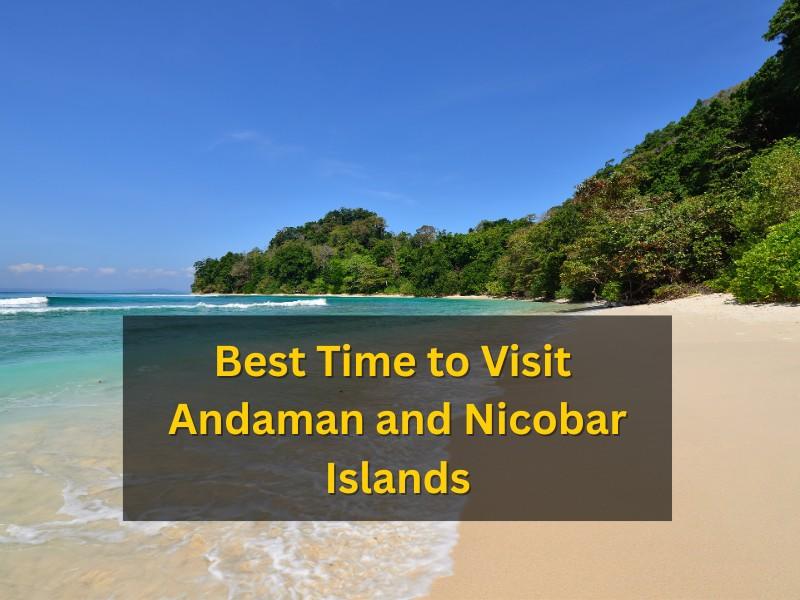
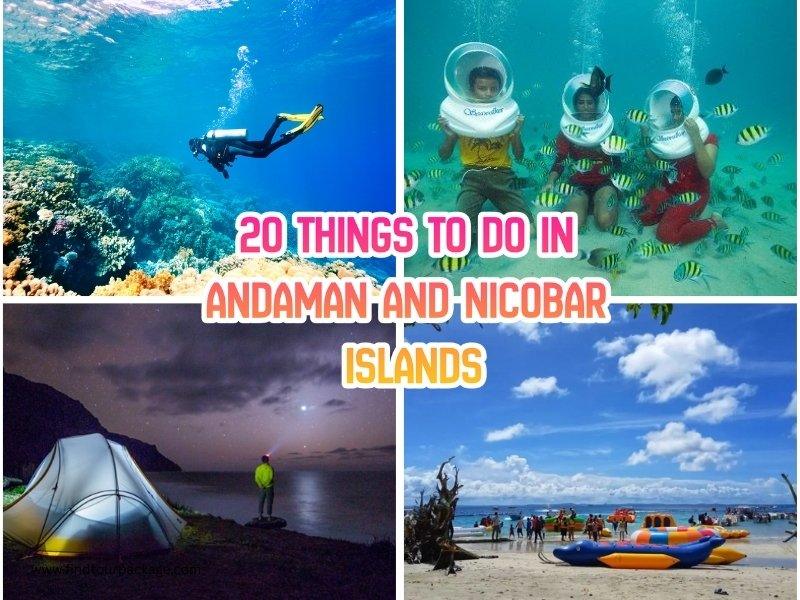

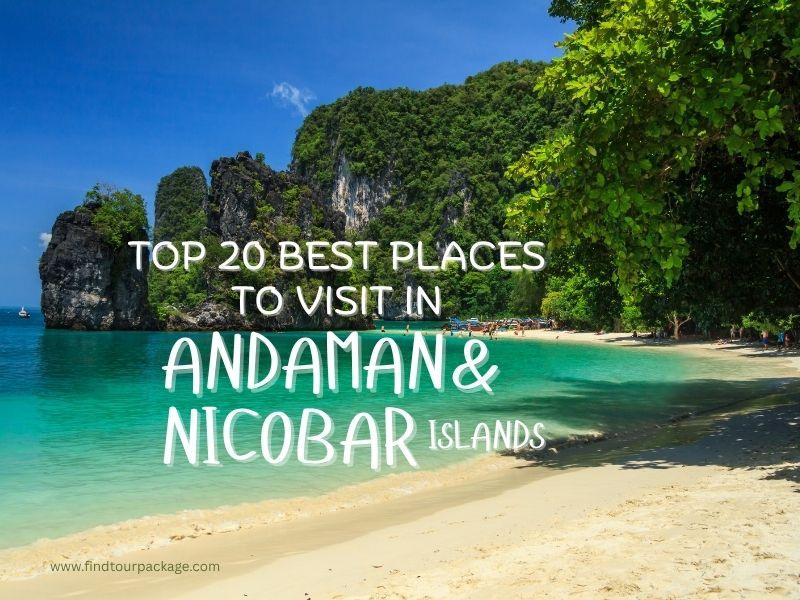

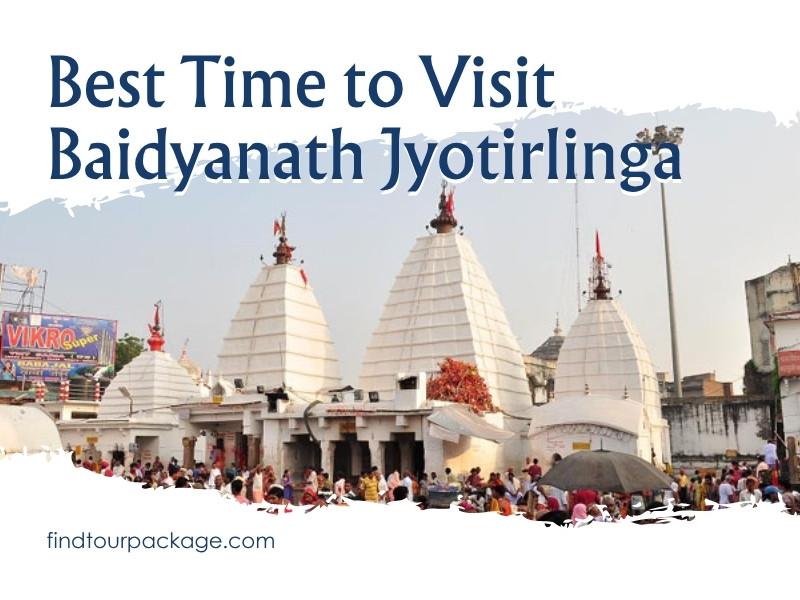
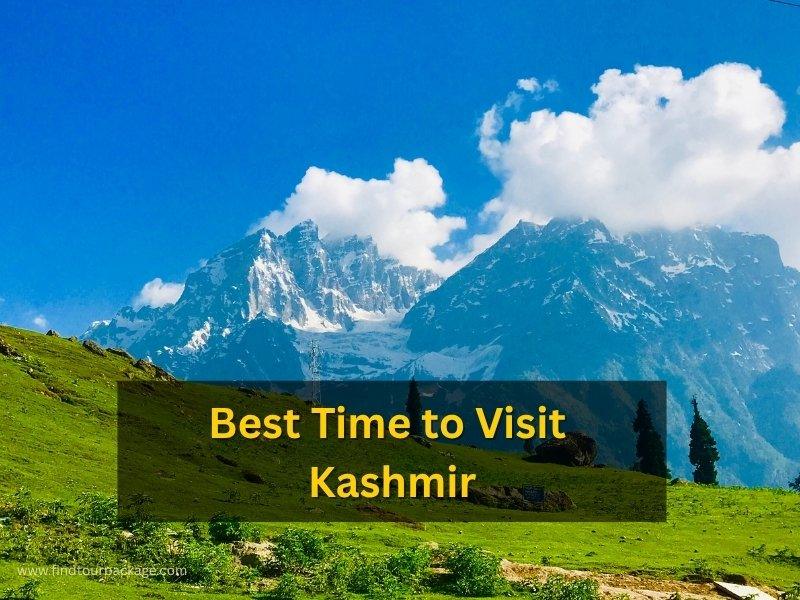
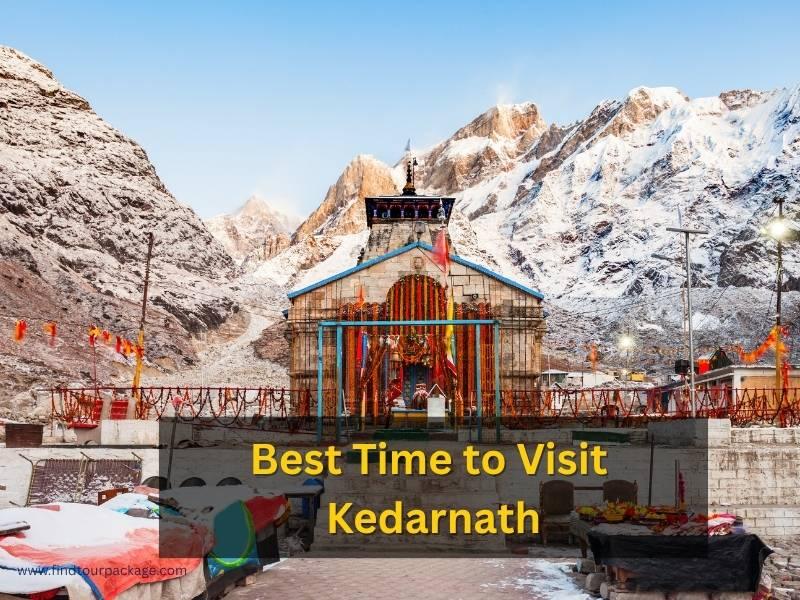




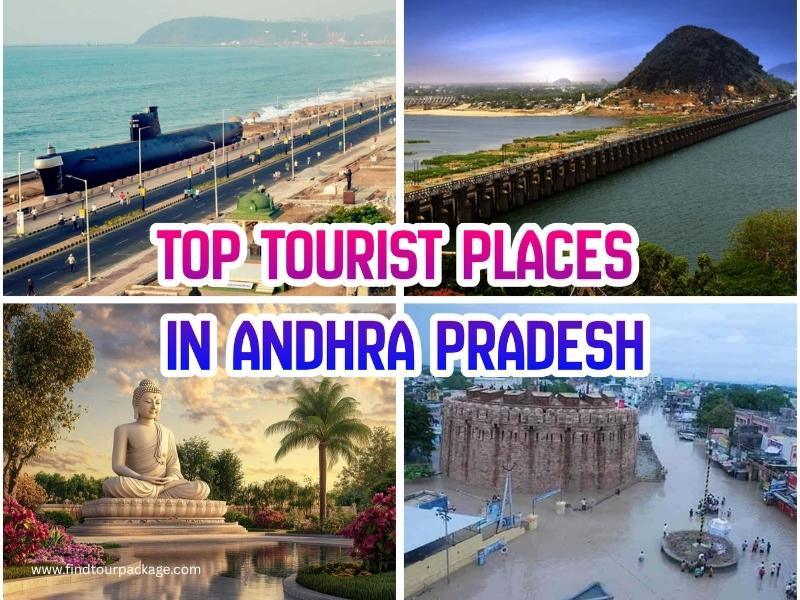
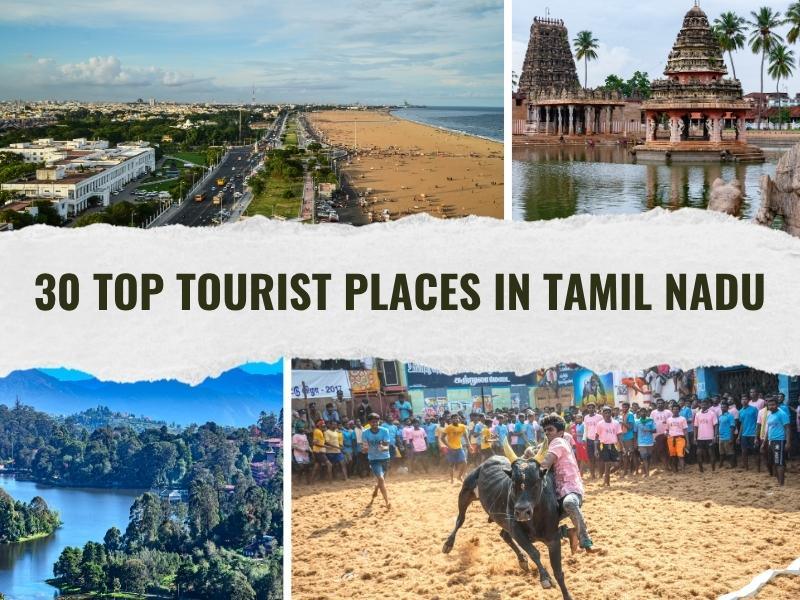

Leave a Comment